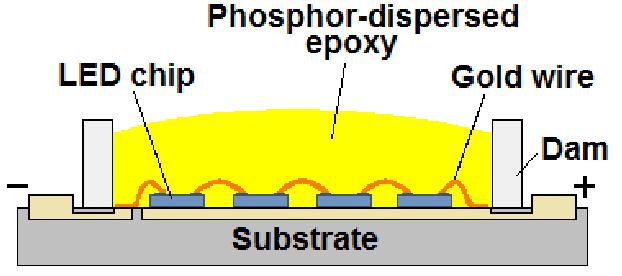As the American Chemical Society (ACS) has released in a report, the reduction of blue light in LEDs has various beneficial effects. Given their higher efficiency, many people have replaced their incandescent lights with light-emitting diode (LED) bulbs. However, those currently on the market emit a lot of blue light, which has been linked to eye troubles and sleep disturbances. Researchers reporting in ACS Applied Materials & Interfaces have developed a prototype LED that reduces - instead of masks - the blue component, while also making colours appear just as they do in natural sunlight. This prototype device creates a warm white light without the blue hues that can cause health problems. The new development matches with the trends in Human Centric Lighting (HCL) and corresponding efforts of other brands like Nichia and Seoul Semiconductor.

LED chip convert electrical current into high-energy light, including invisible ultraviolet (UV), violet or blue wavelengths. The phosphors placed onto the chips convert the high-energy light into lower-energy visible wavelengths. Commercial LED bulbs use blue LEDs and yellow-emitting phosphors, which appear as a cold, bright white light similar to daylight. Continual exposure to these blue-tinted lights has been linked to cataract formation and turning them on in the evening can disrupt the production of sleep-inducing hormones, such as melatonin, triggering insomnia and fatigue.
The researchers identified and synthesized a new luminescent crystalline phosphor containing europium. In thermal stability tests, the phosphor’s emission colour was consistent between room temperature and the higher operating temperature of commercial LED-based lighting. To see how the material might work in a light bulb, the researchers fabricated a prototype device with a violet-light LED covered by a silicone cap containing their luminescent blue compound blended with red-emitting and green-emitting phosphors. It produced the desired bright warm white light while minimizing the intensity across blue wavelengths, unlike commercial LED light bulbs.


